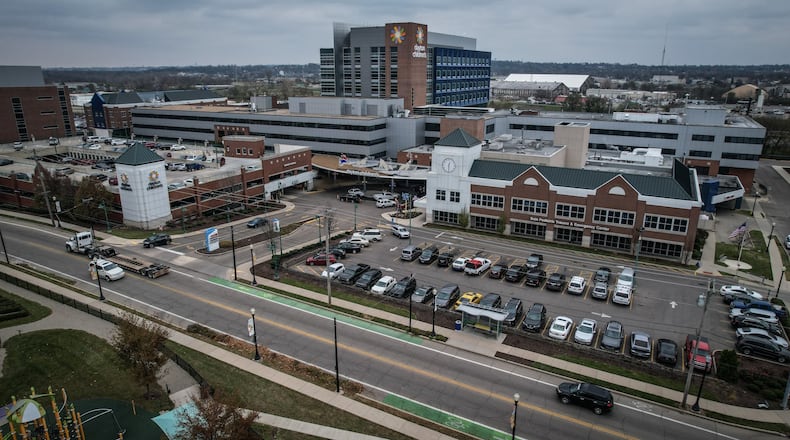We look at the example of other states that have adopted the legal non-medical use of marijuana and see that they now have higher rates of unintentional harm to children:
- An article published in August 2022 in the Journal of the American College of Emergency Physicians noted in a poison center database review of 985 inadvertent pediatric marijuana exposures, call rates in decriminalized states increased by 30% per year over a six-year period, compared to no change in non‐legal states.
- A study conducted by Nationwide Children’s Hospital clearly indicates a correlation between the legalization of marijuana and accidental ingestion. The study found that over an eight-year period, the mean annual rate of marijuana ingestions in children rose by 27% per year, with more than 70% of all cases occurring in states with legalized marijuana.
Under this proposal, common baked goods, candies and sodas infused with marijuana would be legally available for purchase by adults 21 years of age and older. They are nearly impossible to differentiate from a non-marijuana-infused product and there are no provisions for child-proof packaging or other barriers to child access. Requiring child-resistant packaging and consistent, frequent warnings that products are dangerous for children should be the absolute bare minimum.
Most of these edible marijuana products can be tremendously intoxicating for a child, even at the manufacturer-recommended consumption levels for adults. A single brownie may contain up to five adult doses of THC. It takes one time for marijuana food products to be left within a child’s reach to cause severe harm. At high enough doses, accidental ingestion by a child can lead to difficulty breathing, seizures and even coma. A study conducted at Dayton Children’s showed a 14-fold increase in accidental marijuana exposure incidents in children age 0-6 years since the legalization of medicinal forms in Ohio in 2016. The majority of these children were hospitalized, with 14% admitted to the intensive care unit.
Our mission is simple: save, protect and enhance the lives of our state’s most precious asset – our children. Ohio’s children’s hospitals have some of the most advanced research work in the world when it comes to pediatric safety – and we rely on this research when making decisions about the public policy issues that impact Ohioans.
Given the facts, this proposal is bad for our state, bad for our children and not aligned with Dayton Children’s mission of the relentless pursuit of optimal health for every child within our reach. We hope Ohioans will join us in protecting our kids and vote NO in November.
About the Author
